by JENNIFER PIRTLE, originally published here in Yoga Journal
For eight years, Karl LaRowe worked in the emergency room at an inner-city hospital in Portland, Oregon. As a crisis intervention counselor, he helped hundreds of people each month cope with everything from domestic violence and depression to psychosis and suicide attempts. Eventually, the constant adrenaline rushes and biweekly 48-hour shifts took their toll. “I wasn’t sleeping well,” says LaRowe. “Thoughts about the patients would come crashing into my mind, and I became acutely aware of noises.” He began to drink heavily and to use drugs, and spiraled into a deep depression.
 When antidepressants and talk therapy didn’t help, LaRowe felt he had no choice but to quit his job. After drifting for a while, he remarried and moved to Singapore, where he met a master of qi gong, a Chinese system of exercise and breathing performed in a meditative state. It was this ancient technique, which he now practices for 15 to 20 minutes every day, that LaRowe says gave him back his life. “I got lots of ideas in therapy,” he says. “But nothing was happening. Qi gong was my first experience of really feeling the frozen energy in my body release.” Eventually, LaRowe returned to the health field; he now works two to four
When antidepressants and talk therapy didn’t help, LaRowe felt he had no choice but to quit his job. After drifting for a while, he remarried and moved to Singapore, where he met a master of qi gong, a Chinese system of exercise and breathing performed in a meditative state. It was this ancient technique, which he now practices for 15 to 20 minutes every day, that LaRowe says gave him back his life. “I got lots of ideas in therapy,” he says. “But nothing was happening. Qi gong was my first experience of really feeling the frozen energy in my body release.” Eventually, LaRowe returned to the health field; he now works two to four
days a week assessing mental health clients in the court system. “Though my schedule is very busy, the difference is that today when my day is done, it’s done,” he says. “I no longer take my patients home with me.” He also leads regular workshops on body awareness, breathing, and compassion fatigue—things he wishes he’d learned about years earlier—for social workers, psychologists, and other professional caregivers.
As LaRowe learned, making your work less stressful doesn’t have to mean leaving it behind for good. (And how many of us can hope to do that, anyway?) Instead, the key is to transform your relationship to the stress so that it no longer overwhelms you. More and more people are discovering that mind-body practices like yoga, qi gong, and meditation can be hugely helpful in shifting the way they react to stress.
The need for anti-stress practices has become increasingly urgent. Americans work nine full weeks more per year than our peers in Western Europe. And even if we get time off, we don’t always use it: At least 30 percent of employed adults don’t take all their vacation days, according to a 2005 Harris Interactive poll. Each year, Americans hand back 421 million days to their employers. Constant emails and ever-increasing workloads have too many of us working through lunch and staying late, yet still feeling as though we can never catch up. The upshot, say experts, is that we’re overscheduled, overworked, and just plain overwhelmed.
“Burnout is the biggest occupational hazard of the 21st century,” says Christina Maslach, Ph.D., coauthor of Banishing Burnout: Six Strategies for Improving Your Relationship with Work. “Today’s work environment has lost its human dimension. Global economic pressures, along with technological advances such as pagers and email, have altered the landscape irrevocably. Given these new challenges, it’s no wonder that our relationship with our work is under constant strain.”
The always-on approach brings with it enormous moment-by-moment mental and physical costs. Unyielding stress floods your body with a cascade of hormones: Adrenaline pumps up blood pressure and makes your heart beat faster; cortisol raises your blood sugar level, and, if it remains chronically elevated, can erode your immune system. Not only does such chronic stress make you more susceptible to ailments such as migraine headaches and irritable bowel syndrome, but research increasingly shows it can raise your risk for more serious conditions, including heart disease, osteoporosis, and depression.
A team of researchers at the University of California at San Francisco (UCSF) found that stress may even accelerate aging at the cellular level. The study found that the blood cells of women who had spent many years caring for a child with a health condition appeared to be, genetically, about 10 years older than the cells of women whose caretaking responsibilities were less prolonged.
Although the study focused on caregivers, the findings apply to overworked employees, too. “People with other sources of life stress showed similar relationships between their levels of stress and cell aging,” says Elissa Epel, Ph.D., an assistant professor in the department of psychiatry at UCSF and the study’s lead author.
Stress itself, Epel emphasizes, is neither inherently good nor bad. Instead, how you perceive and react to it determines how it will affect your health. “In the study,” she explains, “the perception of stress was more important than whether one was under the strain of caregiving or not.”
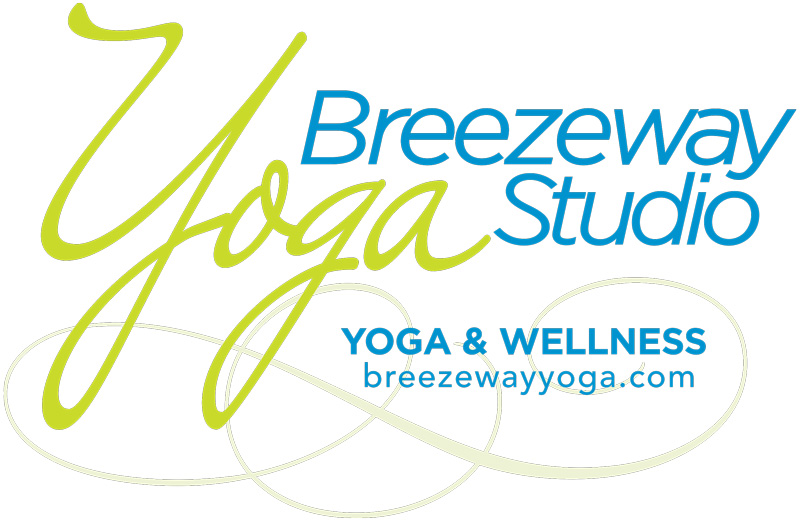
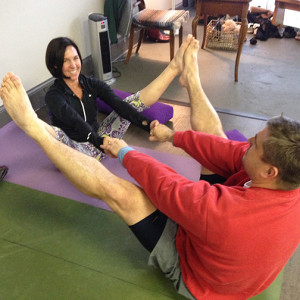
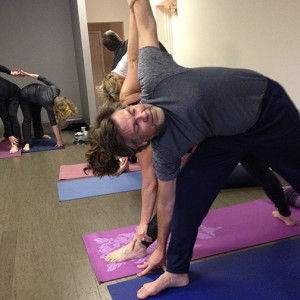
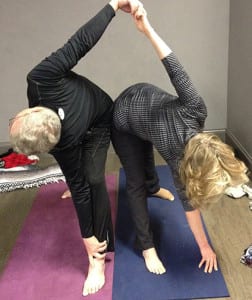
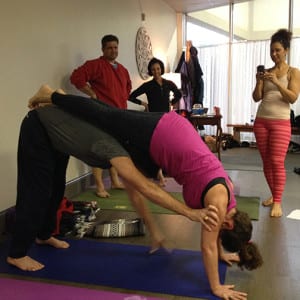
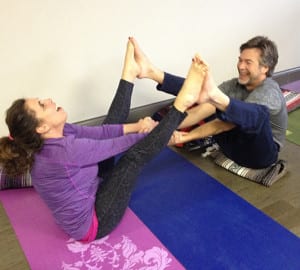


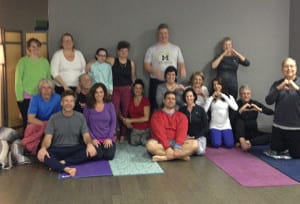
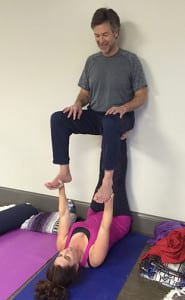
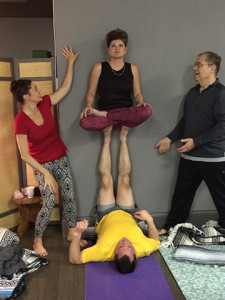
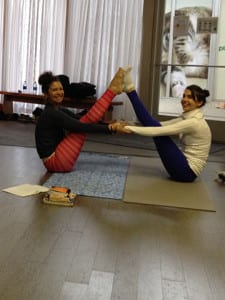





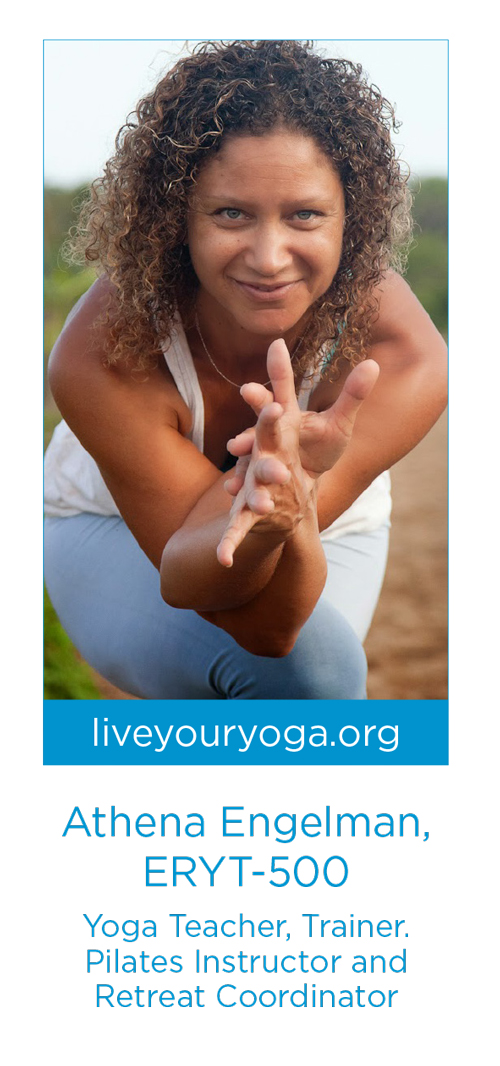
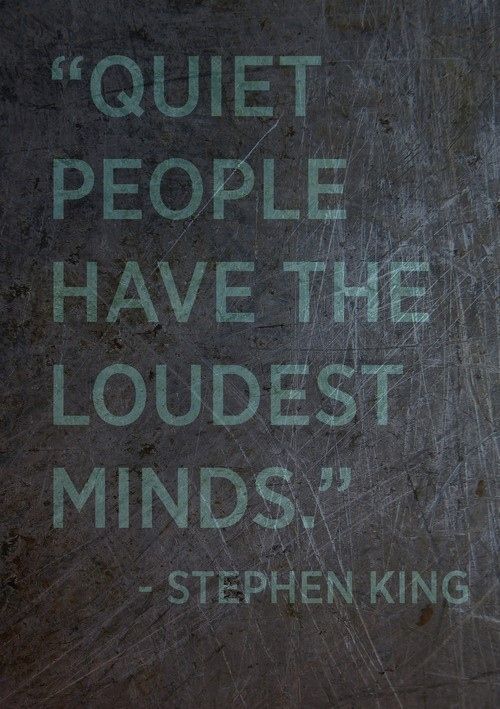
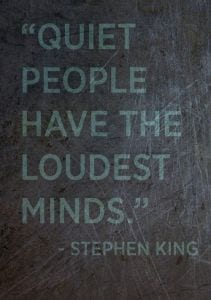
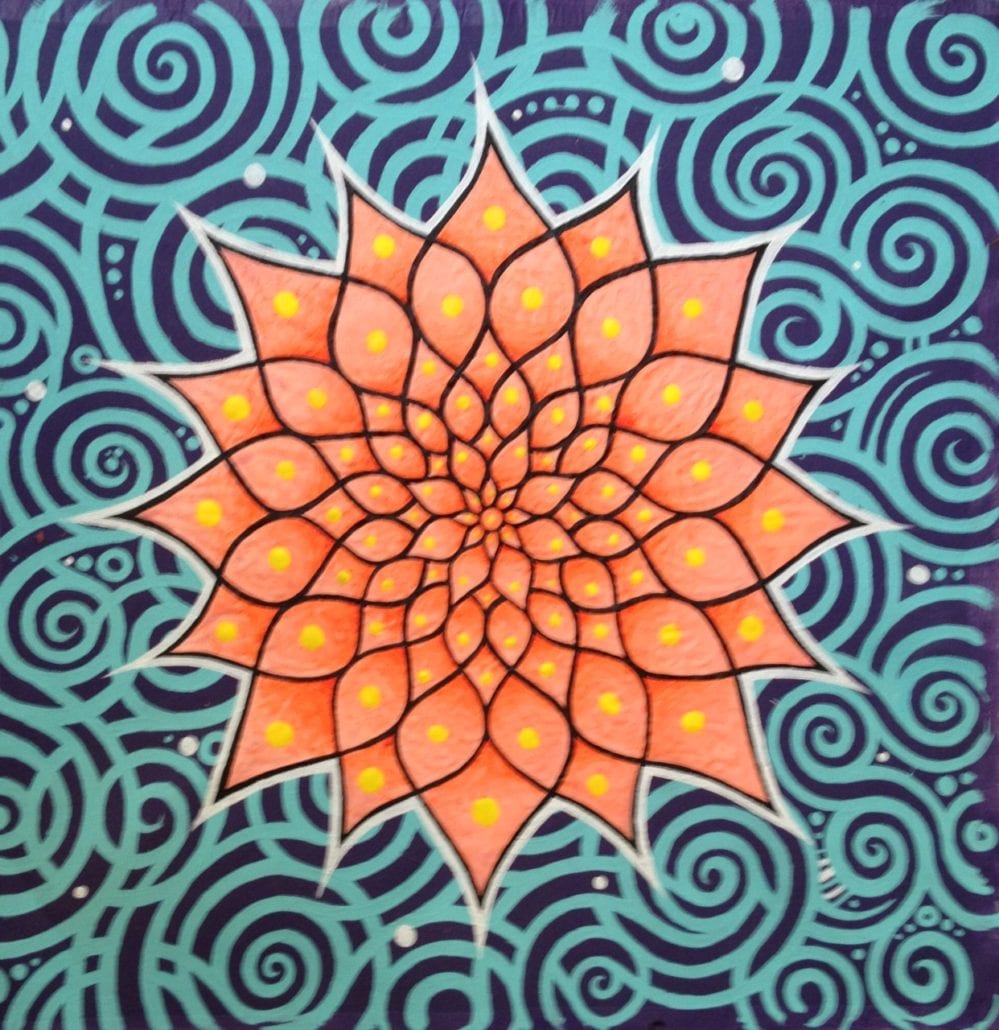



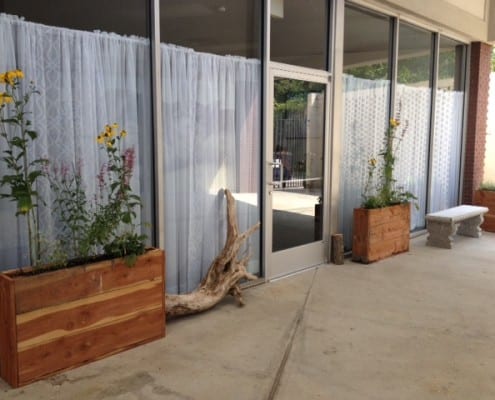 The planters are planted, the draperies are hung, the flowers are blowing lightly in the breezeway. Isn’t our entrance inviting?
The planters are planted, the draperies are hung, the flowers are blowing lightly in the breezeway. Isn’t our entrance inviting?